The 1930s was an interesting time in Hollywood and the world of cinema. New technology allowed filmmakers to begin transitioning from silent films to films with sound featuring dialogue and musical scores. At that time, recording technology was advancing, and it became easier to add sound to the silver screen. Audiences were eager for entertainment and embraced “talkie” films, and a new era of cinema was born.
Historically, the decade was a troubling time. The Great Depression affected the majority of the population in the U.S. and many families struggled to survive. The economic outlook was dark, and movies were a little bit of light, providing some much-needed comic relief to a disheartened population.
Throughout the 1930s, the power of cinema became more than just storytelling; the addition of sound made it easier for audiences to step into another world and leave the real world behind, if just for a few hours. But while this time was an important part of cinema history, there were many films made during this time that many have never even heard of. These forgotten movies of the 30s deserve some attention; some were way ahead of their time, and others perfectly represent this unique time in history. The decade was sandwiched between two world wars, and at the time, the world seemed like an uncertain and scary place; Hollywood made it bearable.
We have put together a list of some of the best but also forgotten movies of the 30s that should definitely be on your radar, from comedies to love stories to war films. To compile the list, 24/7Tempo researched films from the 1930s, IMBD, Rotten Tomatoes, and other entertainment sites. (If you love old movies, check out Iconic Movies That Are Turning 60 This Year.)
“The 39 Steps” (1935)
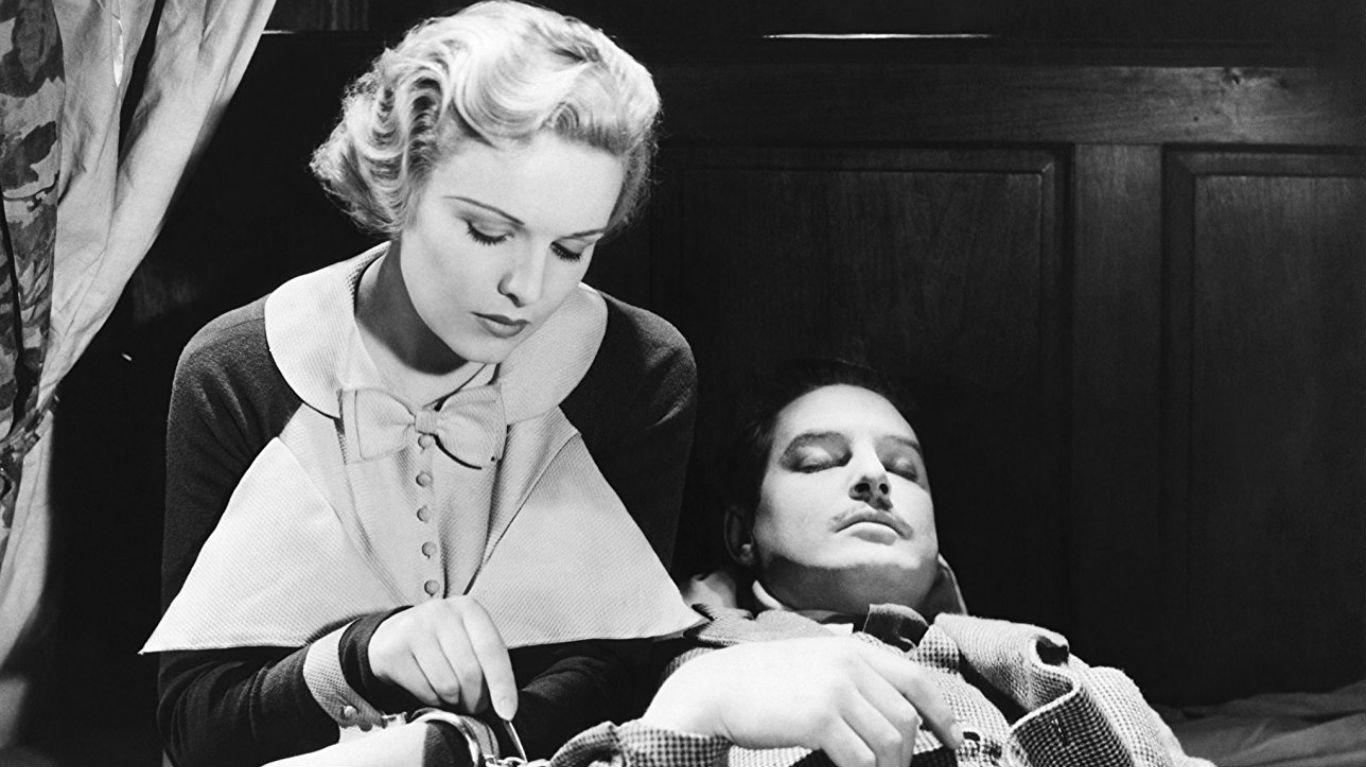
- Director Alfred Hitchcock
- Cast Michael Balcon, Madeleine Caroll, Lucie Mannhein
“The 39 Steps” is not one of Alfred Hitchcock’s most famous films, but it was made with his signature style. The plot revolves around an innocent man trying to clear his name and uses a favorite plot device of the director, The MacGuffin, which pushes the plot forward through something the characters care about but is not important to the audience. Although this is by no means his most well-received film, it was a favorite of his contemporaries. Orson Welles claimed it was his favorite from the director. It is an interesting film that many of the biggest Hitchcock fans haven’t seen.
“The Scarlet Pimpernel” (1934)
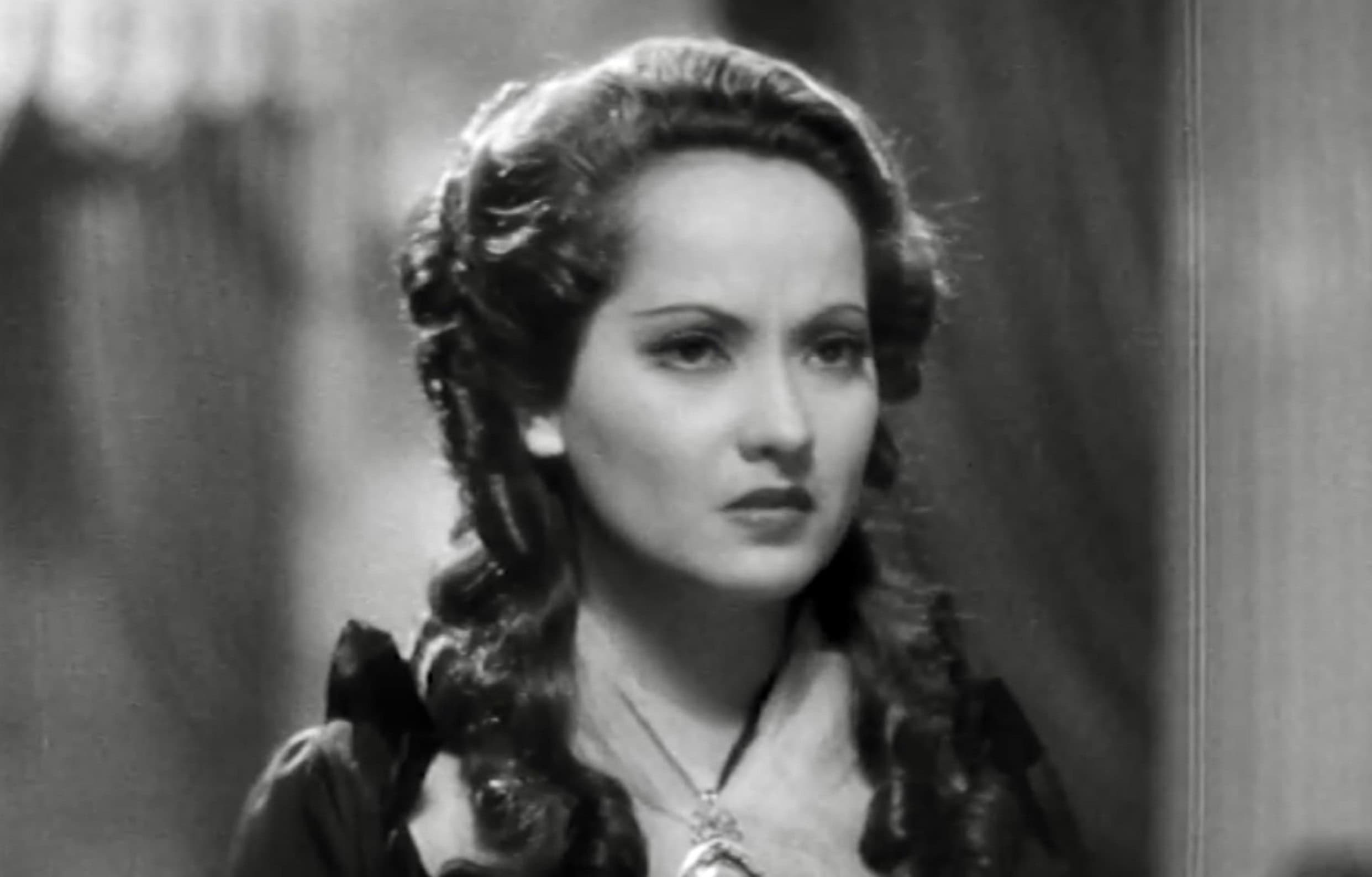
- Director Harold Young
- Cast Leslie Howard, Merle Oberon, and Raymond Massey
The film “The Scarlet Pimpernel” is based on a popular novel and play of the same name. It may just be one of the original regular guy turns hero films. The story is set in the French Revolution and is based on an aristocrat who hides his identity and rescues those sentenced to death by guillotine. He is a precursor to Clark Kent and plays a bumbling, awkward man but is secretly a hero. The novel and play were extremely popular, as was this first film version. In 1982, a television remake aired featuring Jane Seymour and Ian McKellen.
“Bringing Up Baby” (1938)
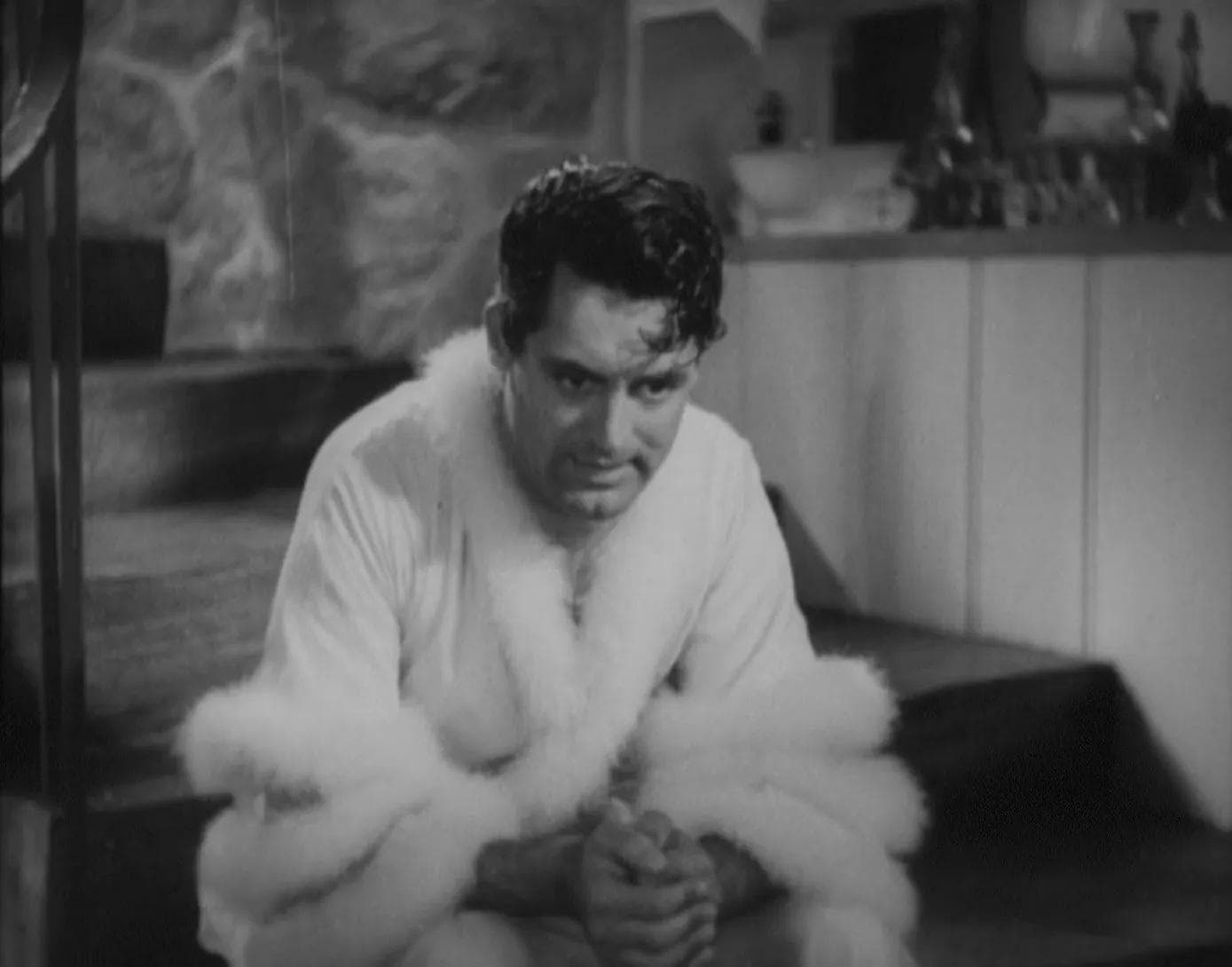
N/A
- Director Howard Hawks
- Cast Katherine Hepburn, Cary Grant
The acting duo Cary Grant and Katherine Hepburn made several films together, and this one was, at the time, considered the worst. The comedy was not well-received by audiences and considered a box office failure, so it is no surprise that you have probably never heard of it. But you may have heard of a couple of films that were inspired by this film, like ‘Who’s That Girl” starring Madonna and the French take on it, “Une Femme ou Deux” starring troubled actor Gerard Depardieu. While the film was not a success at the time, it later gained a cult following and may have been the first film to present audiences with the scatterbrained but lovable manic pixie dream girl.
“The Public Enemy” (1931)

- Director William A. Wellman
- Cast James Cagney, Jean Harlow, Edward Woods
Long before Chuck D and Flavor Flav were rapping Fight the Power and 911 is a Joke, the film “Public Enemy” hit the theatres. The early gangster film set during Prohibition was one of the first starring James Cagney as a heartless gangster. The film was well-received by critics and audiences alike. Much of the violence takes place off-screen and is alluded to, making it seem quite tame to audiences today. But it is an excellent representation of gangster films of this era. And one interesting tidbit: At the time, the machine gun fire in films was actually machine guns, making the set a wild and dangerous place.
“The Prize Fighter and The Lady” (1933)

- Director W.S. Van Dyke
- Cast Myrna Loy, Max Baer, Primo Carnera
Nothing is more romantic than boxing, or at least that is what the filmmaker thought audiences needed more of at the time: love and knockouts. This may be the first film of its time to star three professional boxers and features more boxing than an actual love story. Nonetheless, the film won an Oscar for Best Writing and Original Story, so it’s definitely worth a watch.
“The Iron Man” (1931)
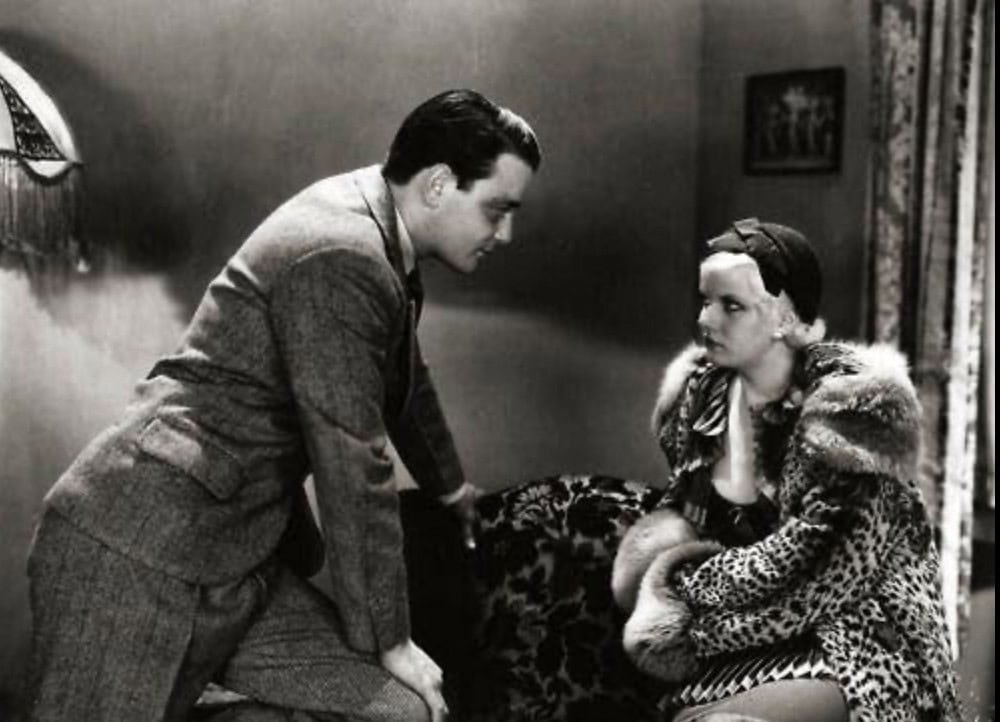
- Director Tod Browning
- Cast Lew Ayres, Jean Harlow, Robert Armstrong
Before Jon Favreau and Robert Downey Jr. made Marvel’s “Iron Man” a box-office success, there was another “Iron Man” film. The film tells a tale as old as time about a woman who leaves her unsuccessful man, who then later becomes successful, and she comes back fully ready to win him back only for her own gain. The movie was so successful it was remade twenty years later with Rock Hudson and Evelyn Keyes.
“It Happened One Night” (1934)
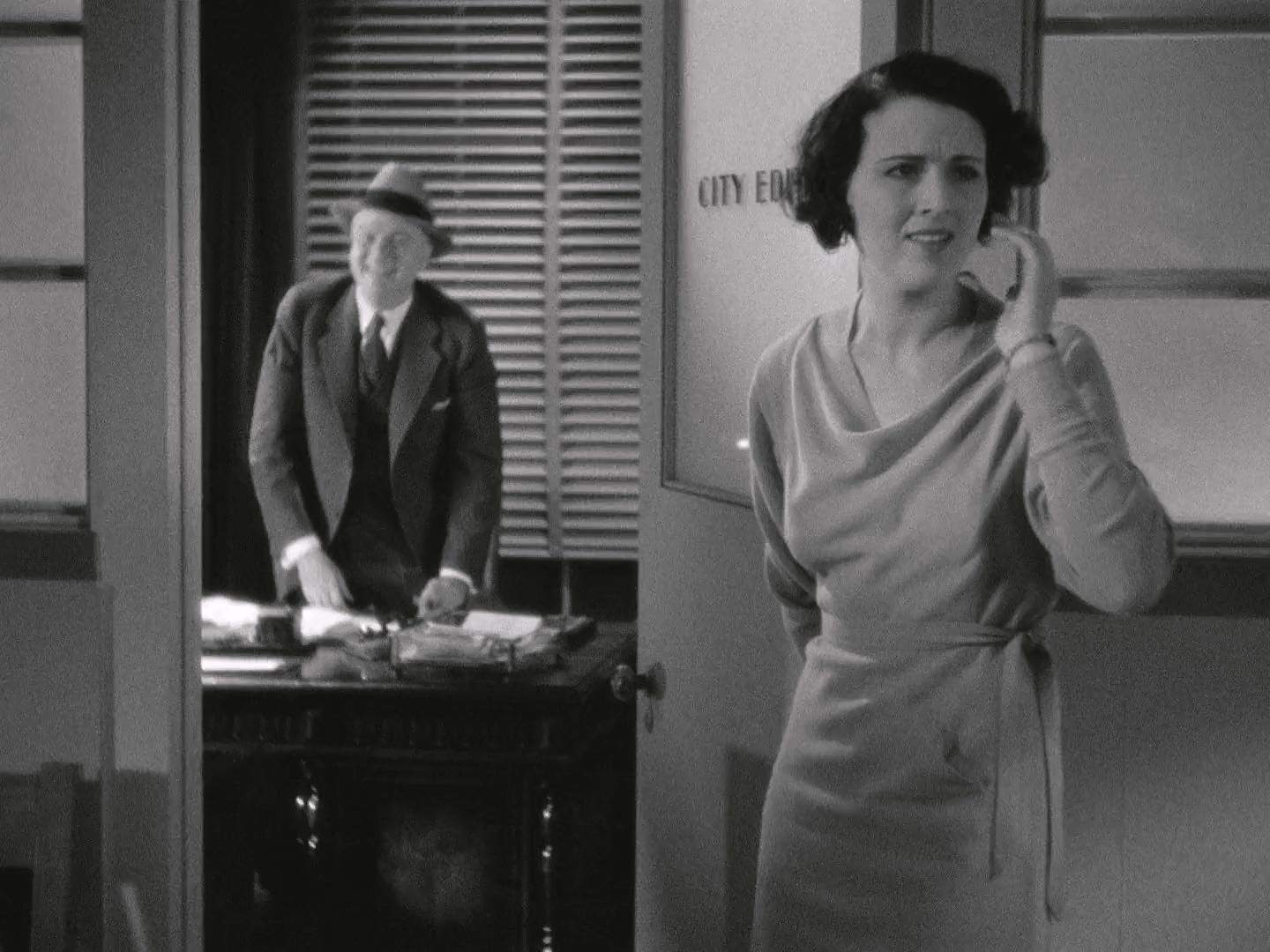
N/A
- Director Frank Capra
- Cast Clark Gable, Claudette Colbert
This comedic film about a spoiled heiress and her suitors was a surprise hit at the time. The story could be considered one of the first odd couple traveling films, and many of the scenes have been recreated in other films, like showing a leg hitchhiking and hanging a sheet between two people sleeping in the same bed. Audiences loved the chemistry between the lead actors, and two distinct scenes made quite an impact on popular culture.
The scene where Clark Gable removes his shirt and, shockingly for the time, doesn’t have an undershirt on and the scene where the lead actress takes a Greyhound bus. Both scenes influenced audiences, and undershirt sales went down, and Greyhound bus travel increased after the film debuted. If you haven’t seen it, you should because it still holds up today; it’s funny with a well-written story and is quite bold for the time.
“La Chienne” (1931)
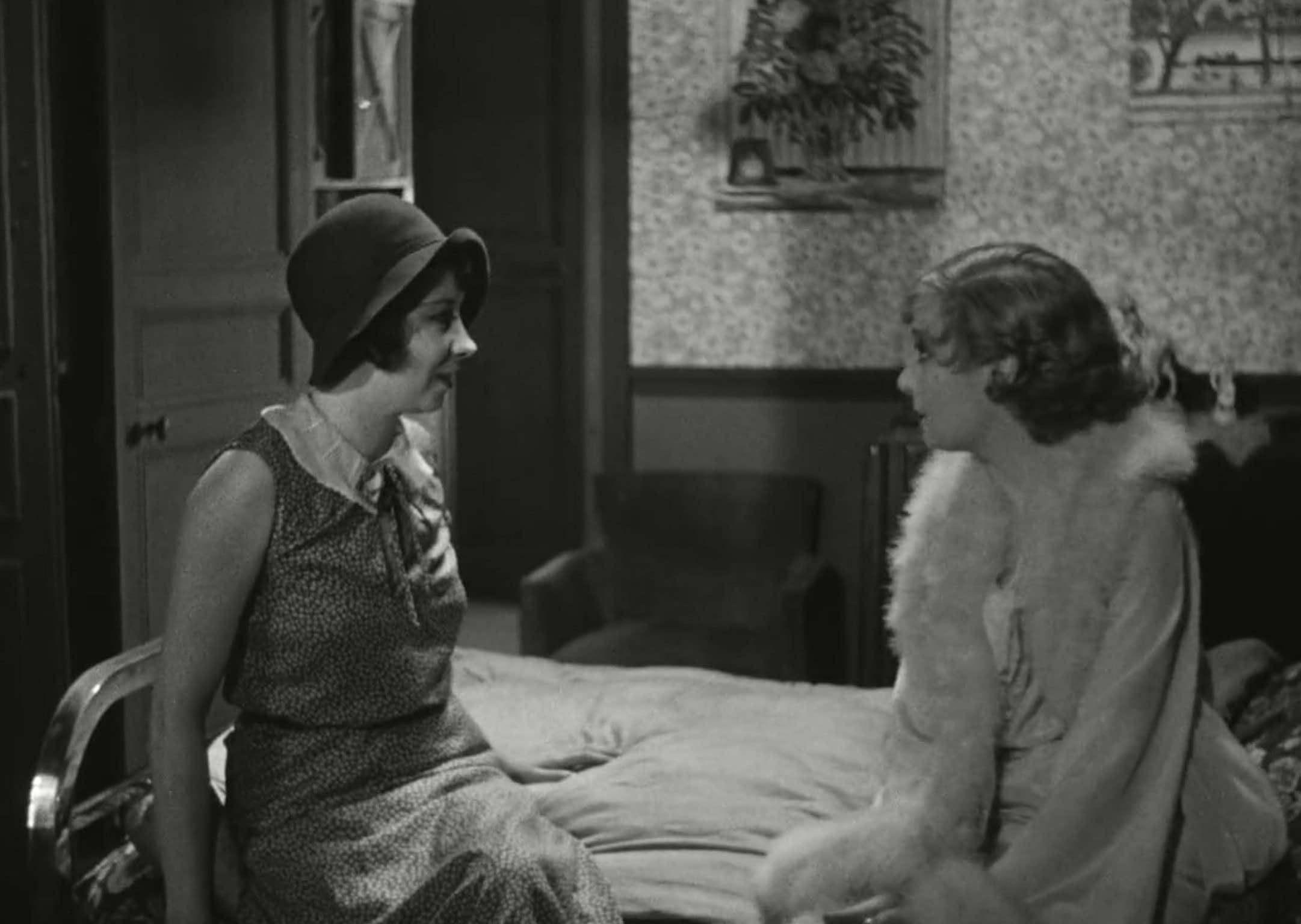
- Director Jean Renoir
- Cast Michel Simon, Janie Marèse, Georges Flamant
If you like dark French films, then “La Chienne” should be on your list of old movies to see. The plot follows a married artist who despises his wife and takes a mistress who despises him and is only with him for his money. The film is dark, with no likable characters or happy ending.
The main reason it makes the list is because of its unusual step into the darker parts of humanity, especially for the time period as a love story that lacks love. Renoir’s later films, such as “The Grand Illusion,” touched on race and gender and earned him disdain from political conservatives.
“Stagecoach” (1939)

- Director John Ford
- Cast John Wayne, Claire Trevor, John Carradine
This film is quite possibly the first Western film to go beyond the typical story of good guys versus bad guys. It follows the story of a group of strangers traveling by stagecoach through dangerous Apache territory. The characters are a mixed bag of people from questionable backgrounds who come together for the journey. The thing that truly sets this classic John Wayne Western apart from the millions of others is the deep dive into the psyche of each character, presenting them as fully fleshed-out characters with backstories.
Each person is neither good nor bad; they are a mix of everything, making them realistic. “Stagecoach” has been remade two times, once in 1966 and another time in 1986. And it’s easy to see how modern filmmakers were influenced by its timelessness; just look at Quentin Tarantino’s “The Hateful Eight.”
“My Man Godfrey” (1936)
- Director Gregory LaCava
- Cast Carole Lombard, William Powell
Film critic Roger Ebert once called this black-and-white comedy “beautiful,” and he wasn’t the only one to praise this feel-good story; critics have long praised the original storytelling and comedic timing. “My Man Godfrey” centers around a wealthy family and a homeless man with integrity who is hired as their butler.
The comedy relies on misunderstanding and tall tales to keep audiences laughing, while the happy ending inspires filmgoers to be good people. The film was so popular it was remade in 1956. If you like silly comedies with offbeat characters who have a heart of gold, you will love this film.
“Freaks” (1932)
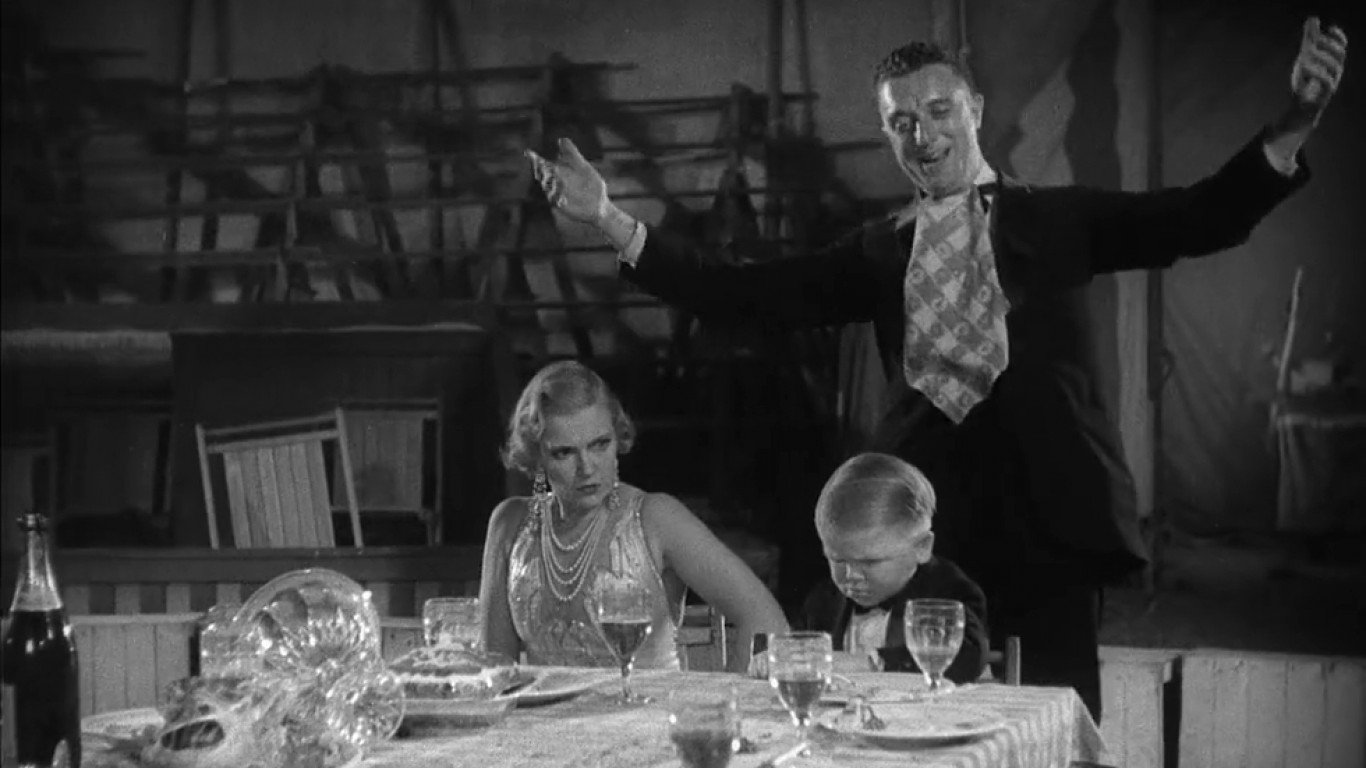
- Director Tod Browning
- Cast Wallace Ford, Leila Hyams, Olga Baclanova, Roscoe Ates
Not quite a horror film and not quite drama, the movie “Freaks” sits somewhere in between the genres. It is a controversial film and has been banned from many theatres. During a few of the early screenings audience members actually fled the theater due to the graphic nature of the film.
The plot follows a group of sideshows and circus performers as they navigate love and revenge. It’s dark and weird, and definitely not for everybody. But if you like horror-adjacent films, then this film is worth seeing.
“All Quiet on the Western Front” (1930)
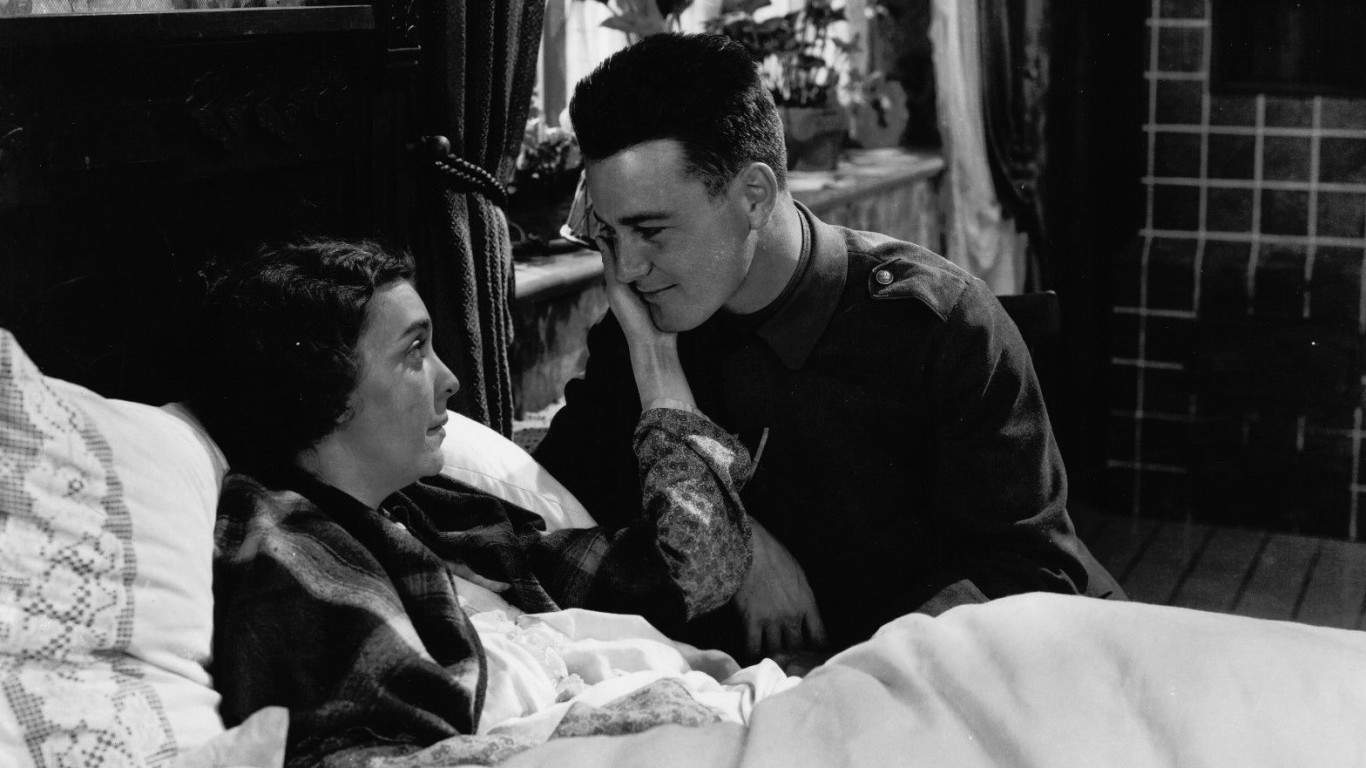
N/A
- Director Lewis Milestone
- Cast Lew Ayres, Louis Wolheim
Set during the First World War, “All Quiet on the Western Front” is a film about war that does not glorify the pain, anguish, and absolute horrors of war. It was one of the first films to show the grim realities that soldiers faced and would face again as the Second World War approached. The film is based on the book by German author Erich Maria Remarque and is based on his own experiences as a soldier.
Aside from showing the gruesome side of war, it is unique because it is from the perspective of the German soldiers, which was not common at this time in Hollywood.
“Wuthering Heights” (1939)

- Director William Wyler
- Cast Merle Oberon, Lawrence Olivier, David Niven
If you enjoy a good love story with ghosts, country estates, and romantic rustic foggy landscapes, then this film is for you. It is based on Emily Bronte’s book of the same name and captures the longing and loss of the tragic love story between Heathcliff and Cathy. Laurence Olivier as Heathcliff is just excellent casting, and the cinematography turns the countryside into a character of its own. This film is perfect for moviegoers who love a good period piece even if they haven’t read the book.
While the film is based on the characters and their ill-fated love story, it doesn’t follow the book exactly and focuses mainly on the first half of the story, so if you are a Bronte purist, you might not enjoy the cinematic version.

